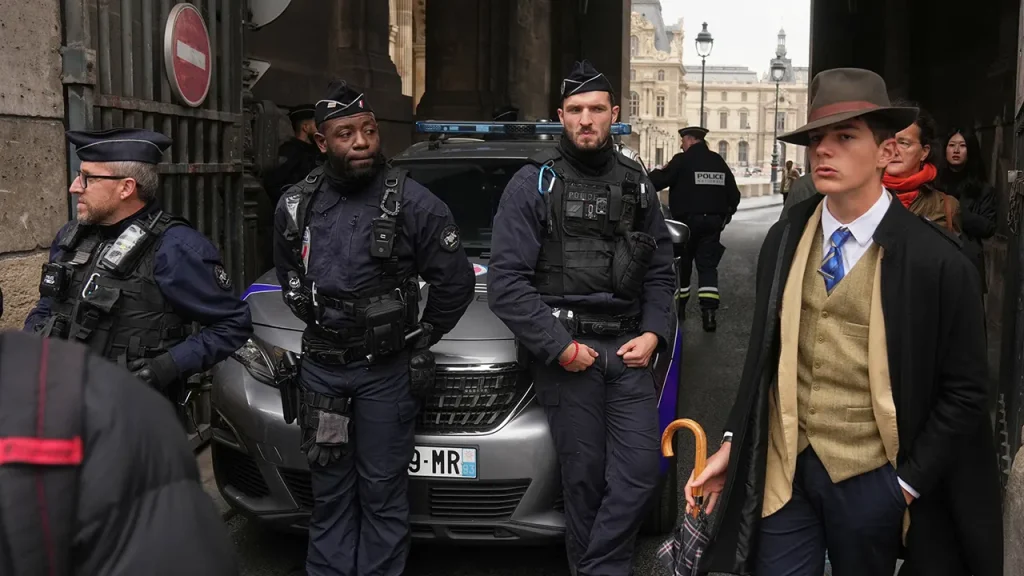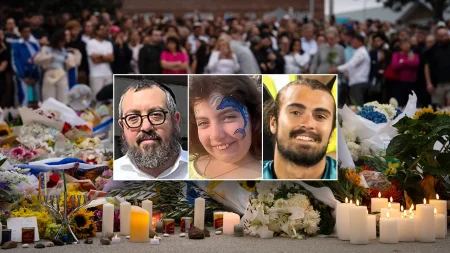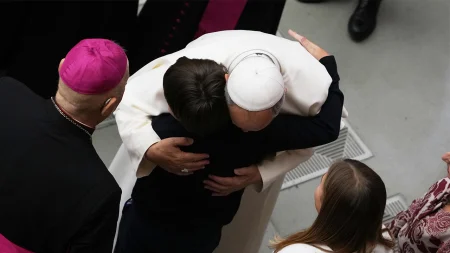Mystery Man at Louvre Heist Investigation Captures Global Imagination
In the wake of a daring crown jewels heist at the Louvre Museum in Paris, an unexpected character has stolen the spotlight from the actual crime. A photograph taken outside the famous museum during the investigation captured an elegantly dressed man who has since captivated social media worldwide. The gentleman, sporting a distinguished three-piece suit with dark jacket and gold vest, topped with a classic fedora and using an umbrella as a walking stick, wandered into the frame of an Associated Press photographer. His appearance was so stylishly reminiscent of fictional detectives like Inspector Clouseau from “The Pink Panther” or Agatha Christie’s Hercule Poirot that the internet immediately assumed he must be the chief investigator on the case. The image spread rapidly across social platforms, with users marveling at what they perceived as quintessentially French sophistication in law enforcement.
The reality behind the photograph is far more mundane, yet somehow perfectly Parisian in its serendipity. Thibault Camus, the AP photographer who captured the now-viral image, explained that the man had nothing to do with the investigation—he was simply a passerby who momentarily stepped into the frame. “He appeared in front of me, I saw him, I took the photo,” Camus told his news organization. “He passed by and left.” Rather than diminishing the photo’s appeal, this revelation about the mystery man has only enhanced the charm of the image. Camus noted that the gentleman added a bit of “je ne sais quoi”—that indefinable French quality—to his photographs of the crime scene, transforming what might have been standard news imagery into something that captured the public’s imagination.
The whimsical nature of the situation was further amplified by the Paris prosecutor’s office, which, when asked to identify the dapper individual, responded with characteristic French flair: “We’d rather keep the mystery alive ;)” This playful official response only fueled the internet’s fascination with the unknown gentleman. Social media users continued crafting elaborate narratives around him, with some even suggesting his elegant appearance might indicate he was somehow involved in the heist itself. “Actual shot (not AI!) of a French detective working the case of the French Crown Jewels that were stolen from the Louvre,” wrote one X (formerly Twitter) user, while another claimed he “looks like he came out of a detective film noir from the 1940s.” A third admirer simply stated, “The detective working the Louvre Jewel heist is the guy in the fedora. Do the French do everything better.”
The actual crime that precipitated this unusual viral moment was quite serious. On Sunday morning, four masked criminals executed a brazen theft at one of the world’s most famous museums, stealing several priceless pieces from the Louvre’s crown jewels collection. The thieves broke into a gallery shortly after the museum opened to visitors, making off with treasures worth a reported $100 million before fleeing the scene on scooters. As of the report’s publication, the perpetrators remained at large, with authorities continuing their investigation into how the criminals managed to breach security at such a renowned institution. The sophistication of the heist, which reportedly involved a truck-mounted furniture lift, suggests careful planning and professional execution.
The juxtaposition of this serious art crime against the whimsical appearance of the mystery man creates a fascinating cultural moment that seems to bridge fiction and reality. For generations, heist movies, detective novels, and crime dramas have romanticized both the elegant criminal mastermind and the sophisticated detective. The public’s immediate assumption that the well-dressed gentleman must be connected to the case reveals how deeply these archetypes are embedded in our collective imagination. When reality presents an image that so perfectly matches our fictional expectations—a dapper figure at the scene of a museum heist in Paris—it creates a moment of delight that transcends the somber reality of stolen cultural treasures.
This viral phenomenon also highlights the power of imagery in shaping public perception of news events. While the theft of priceless artifacts represents a significant cultural loss and security breach, it was a single unrelated figure who captured global attention. The mystery man’s brief appearance transformed standard crime coverage into something more engaging and human—a reminder that even in serious moments, unexpected elements can capture our attention and imagination. As Parisian authorities continue their hunt for the actual criminals who orchestrated this sophisticated heist, the fedora-wearing gentleman who happened to stroll through a crime scene photograph has provided a moment of levity and charm in an otherwise concerning story about the vulnerability of our most treasured cultural institutions.














